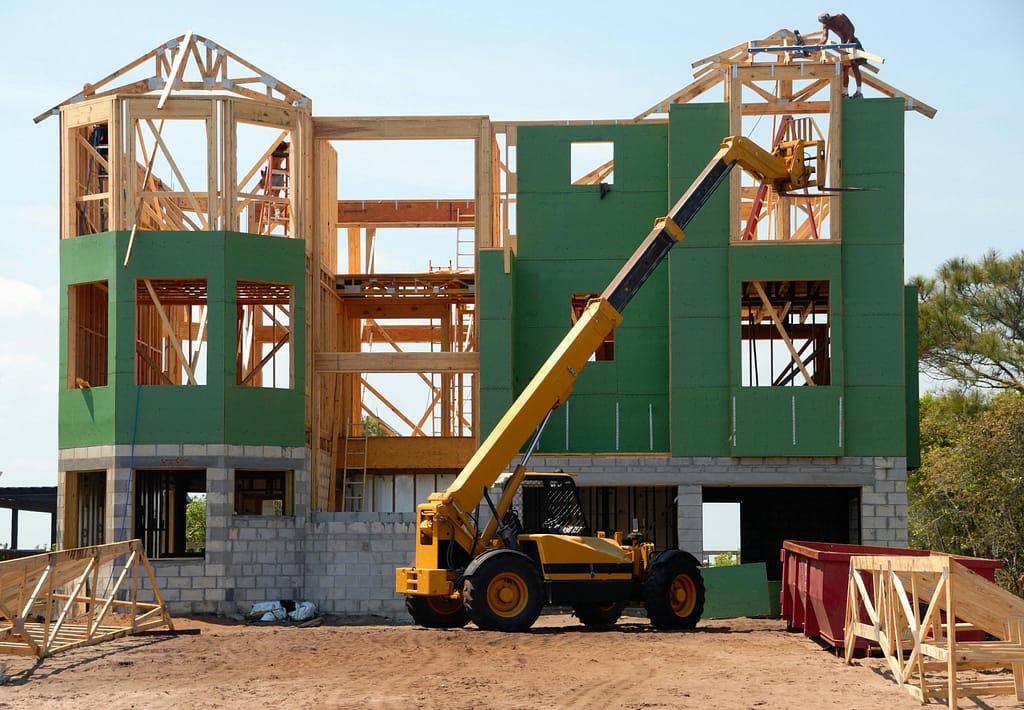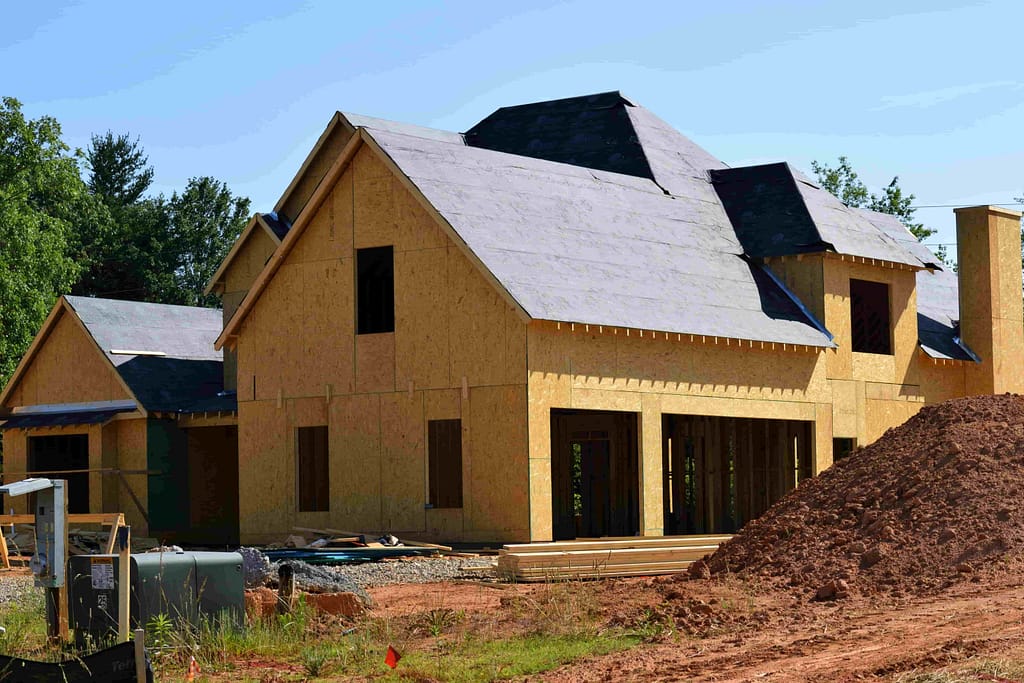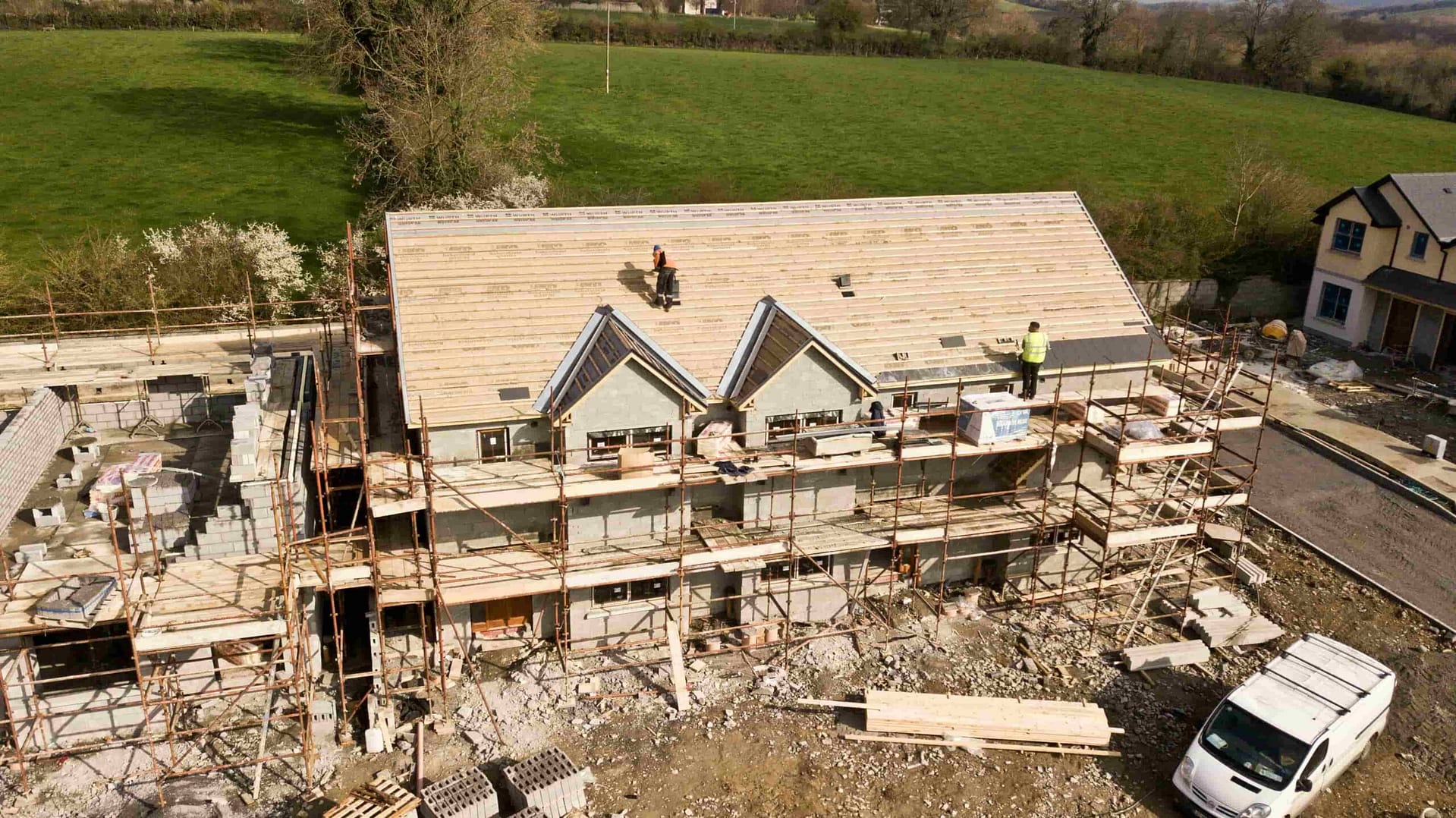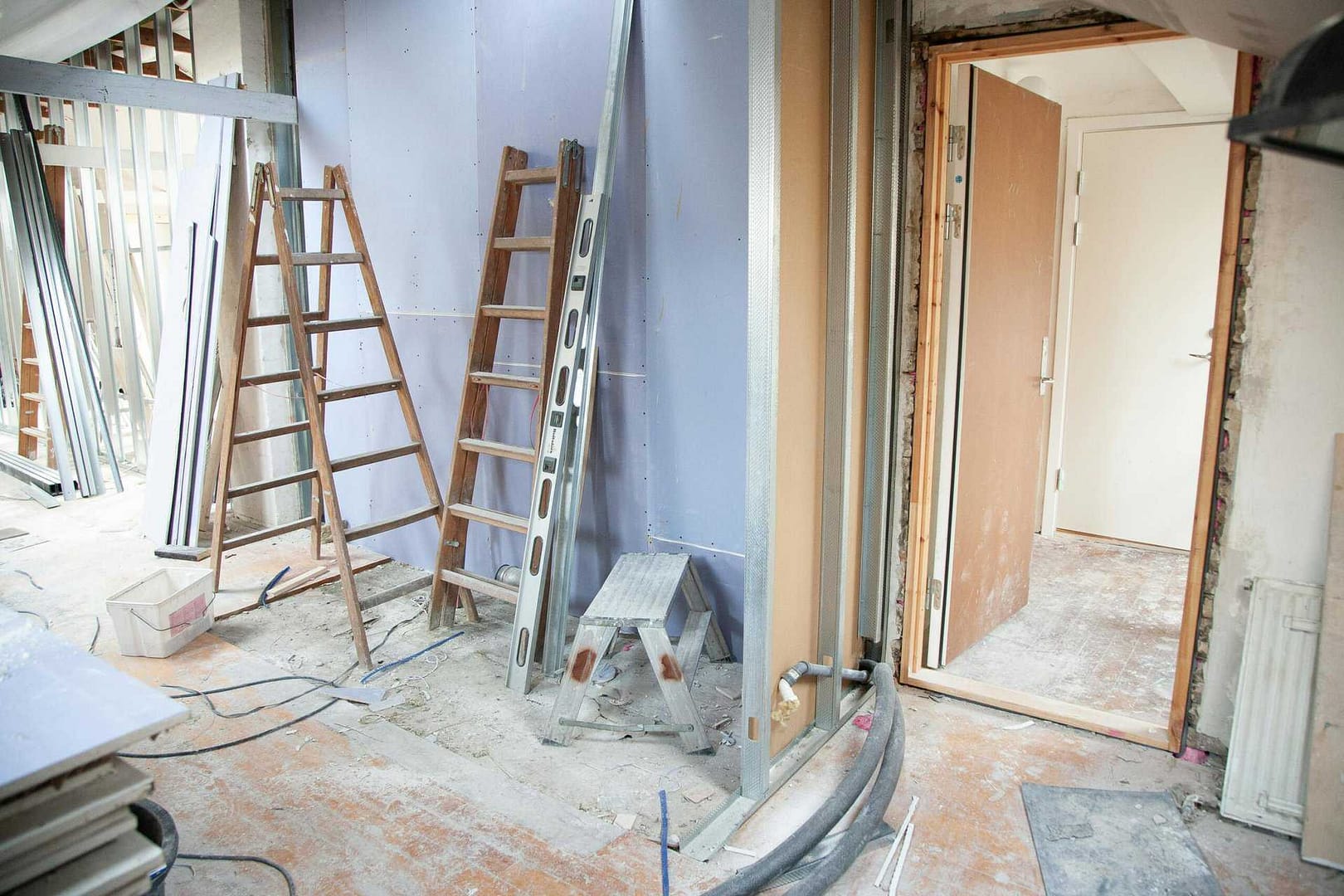Effective project management is the cornerstone of successful construction projects. In an industry where delays can lead to significant cost overruns and contractual penalties, managing and adhering to a construction timeline is paramount. The construction timeline, a detailed schedule outlining the sequence of tasks, their duration, and the necessary resources, is the backbone of any construction project. It serves as a roadmap guiding the project from conception to completion, ensuring that every phase is executed efficiently and within the allocated time frame.
The importance of a well-structured construction timeline cannot be overstated. It encompasses the entire scope of the project, providing a clear framework that coordinates the efforts of all stakeholders involved, from architects and engineers to contractors and subcontractors. An effective timeline helps preempt potential delays by identifying critical tasks and their dependencies, facilitating proactive management. It also aids in resource allocation, ensuring that workforce, materials, and equipment are available as needed, avoiding costly downtime.
However, creating and maintaining an effective construction timeline is a complex task. It involves meticulous planning, constant monitoring, and the flexibility to adapt to unforeseen challenges. This complexity is compounded by the dynamic nature of construction projects, where unexpected site conditions, weather delays, and changes in project scope can all impact the schedule. Mastering construction timelines requires a blend of strategic planning, technological tools, and robust management practices.
This blog will delve into the best practices for mastering construction timelines, providing insights into creating, managing, and adapting schedules to ensure project success. From the initial planning stages to post-project reviews, we will explore the critical steps and techniques that can help construction managers navigate the intricacies of project timelines. Whether managing a small residential project or a significant commercial development, these practices will equip you with the tools and knowledge to deliver projects on time, within budget, and to the desired quality standards.
In the following sections, we will discuss the importance of detailed planning and scope definition, the benefits of modern project management software, the role of clear milestones, and the necessity of identifying task dependencies and the critical path. We will also cover essential topics such as resource allocation, risk management, regular monitoring and reporting, effective communication, and change management. By the end of this blog, you will have a comprehensive understanding of how to master construction timelines, transforming complex projects into well-coordinated, efficient endeavors that meet and exceed stakeholder expectations.
Understanding Construction Timelines

A construction timeline, often referred to as a project schedule, is a chronological plan that details the sequence of activities required to complete a project. It outlines tasks’ start and end dates, milestones, dependencies between activities, and resource allocation. The primary purpose of a construction timeline is to provide a clear roadmap for project execution, helping teams stay on track and meet deadlines.
Importance of Construction Timelines
Construction timelines serve several critical functions:
- Coordination: They help coordinate various activities, ensuring that tasks are performed in the correct sequence and that resources are available when needed.
- Communication: Timelines communicate the project schedule to all stakeholders, informing everyone about the project’s progress and upcoming tasks.
- Resource Management: They assist in planning and managing resources efficiently, avoiding both shortages and surpluses.
- Risk Mitigation: Timelines enable the identification of potential delays and risks early in the project, allowing for proactive management.
Best Practices for Mastering Construction Timelines

- Detailed Planning and Scope Definition
Before creating the timeline, it’s essential to have a comprehensive understanding of the project scope. This includes defining project goals, deliverables, and the tasks required to achieve them. Detailed planning involves breaking the project into smaller, manageable tasks and understanding the resources needed for each. This initial groundwork sets the stage for a realistic and achievable timeline.
Steps for Effective Planning:
- Define Project Objectives: Clearly outline what the project aims to achieve.
- Create a Work Breakdown Structure (WBS): This will break down the project into smaller components, making it easier to manage and schedule.
- Identify Key Deliverables: Determine the primary outputs of the project.
- List All Activities: Document all tasks required to complete each deliverable.
- Estimate Resources: Identify each task’s human resources, materials, and equipment.
- Use of Project Management Software
Modern project management software tools like Microsoft Project and Primavera P6 or cloud-based solutions like Procore and Buildertrend can significantly enhance the accuracy and efficiency of timeline creation. These tools offer features such as Gantt charts, task dependencies, and resource management, making it easier to visualize the project flow and adjust schedules dynamically as the project progresses.
Benefits of Using Project Management Software:
- Visualization: Tools provide visual representations of the timeline, making it easier to understand and communicate.
- Automation: Automated updates and notifications keep everyone informed about changes and deadlines.
- Resource Allocation: Efficiently manage resources by tracking their availability and workload.
- Risk Management: Identify potential risks and bottlenecks early, allowing for timely interventions.
- Establishing Clear Milestones
Milestones are critical checkpoints in the project timeline that signify the completion of significant phases or deliverables. They provide a framework for measuring progress and can serve as motivational goals for the team. Clear milestones help keep the project on track and provide opportunities to assess the project’s status and make necessary adjustments.
Examples of Key Milestones:
- Project Kickoff: The official start of the project.
- Design Completion: Finalization of all design-related tasks.
- Permitting: Obtaining all necessary permits and approvals.
- Foundation Completion: Finishing the foundation work.
- Structural Completion: Erecting the main structure of the building.
- Final Inspection: Completing the final walkthrough and inspections.
- Identifying Dependencies and Critical Path
Understanding task dependencies—how one task impacts another—is vital for creating an accurate timeline. The critical path method (CPM) is a widely used technique that identifies the sequence of crucial tasks directly affecting the project’s finish date. By focusing on the critical path, project managers can prioritize tasks significantly impacting the project’s completion time.
Steps to Identify the Critical Path:
- List All Tasks: Document all tasks required to complete the project.
- Identify Dependencies: Determine which tasks depend on the completion of others.
- Estimate Duration: Assign estimated durations to each task.
- Construct the Network Diagram: Create a visual representation of task sequences and dependencies.
- Calculate the Critical Path: Identify the longest path of dependent tasks and determine the project’s minimum completion time.
- Resource Allocation and Management
Effective resource management is integral to maintaining the timeline. This involves assigning the right people to the right tasks and ensuring the availability of materials, equipment, and other necessary resources. Over-allocating resources can lead to burnout and delays, while under-allocating can cause bottlenecks. Balancing resource allocation is critical to keeping the project on schedule.
Best Practices for Resource Management:
- Resource Planning: Identify all resources required for the project and plan their allocation accordingly.
- Resource Leveling: Adjust tasks’ start and finish dates based on resource availability to avoid overallocation.
- Utilize Resource Management Tools: Software tools can help track resource usage and availability in real-time.
- Regular Monitoring: Continuously monitor resource utilization to identify and address issues promptly.
- Risk Management and Contingency Planning
Every construction project faces uncertainties and potential risks that can disrupt the timeline. Identifying potential risks early and developing contingency plans can mitigate these impacts. Regular risk assessments and having buffer times built into the schedule for unforeseen events can help in maintaining the project timeline despite challenges.
Steps for Effective Risk Management:
- Risk Identification: List potential risks that could impact the project.
- Risk Assessment: Evaluate the likelihood and impact of each risk.
- Develop Mitigation Strategies: Create plans to reduce the probability or impact of risks.
- Implement Contingency Plans: Have backup plans for critical tasks and milestones.
- Regular Review: Continuously assess risks throughout the project and update mitigation plans as necessary.
- Regular Monitoring and Reporting
Constant monitoring of the project’s progress against the timeline is essential. Regular status meetings and progress reports allow timely identification of delays or issues. Project management software can facilitate real-time tracking and reporting, enabling prompt corrective actions to keep the project on track.
Monitoring and Reporting Techniques:
- Daily Standups: Brief daily meetings to review progress and address immediate issues.
- Weekly Status Reports: Detailed reports outlining progress, issues, and upcoming tasks.
- Dashboards: Use project management software to create dashboards that provide a real-time view of project status.
- Variance Analysis: Compare planned progress with actual progress to identify deviations and take corrective actions.
- Effective Communication
Clear and consistent communication among all stakeholders—project managers, contractors, clients, and suppliers—is crucial for maintaining the timeline. Effective communication ensures that everyone knows the project’s status, upcoming tasks, and any changes to the schedule. It helps resolve issues quickly and keeps all parties aligned towards the project goals.
Communication Strategies:
- Communication Plan: Develop a plan that outlines how information will be communicated throughout the project.
- Regular Meetings: Schedule regular meetings with stakeholders to discuss progress and address concerns.
- Transparency: Be open and transparent about project status, including challenges and delays.
- Feedback Mechanism: Create channels for stakeholders to provide feedback and raise concerns.
- Change Management
Construction projects often undergo changes due to various factors, such as design modifications, client requests, or unforeseen site conditions. A robust change management process helps assess the impact of changes on the timeline and implement them without causing significant delays. This involves evaluating the necessity of changes, updating the schedule accordingly, and communicating these changes to all stakeholders.
Steps for Effective Change Management:
- Change Request Process: Establish a formal process for submitting and evaluating change requests.
- Impact Analysis: Assess the impact of proposed changes on the timeline, budget, and resources.
- Approval Workflow: Implement an approval process to ensure changes are reviewed and authorized by relevant stakeholders.
- Update Documentation: Revise project documents, including the timeline, to reflect approved changes.
- Communication: Inform all stakeholders about approved changes and their implications.
- Post-Project Review
Once the project is completed, conducting a post-project review is beneficial for future projects. This involves evaluating the overall timeline, identifying what worked well and what didn’t, and learning from mistakes. This feedback loop helps refine future planning and scheduling processes, leading to continuous improvement in timeline management.
Components of a Post-Project Review:
- Performance Evaluation: Assess the project’s performance against the initial plan.
- Lessons Learned: Document lessons learned, including successful strategies and areas for improvement.
- Stakeholder Feedback: Gather feedback from all stakeholders to gain different perspectives.
- Final Report: Create a comprehensive final report summarizing the project’s outcomes, challenges, and recommendations for future projects.

Conclusion
Mastering construction timelines is not merely about creating a schedule and hoping for the best; it’s about implementing a robust framework that ensures every project phase is meticulously planned, executed, and monitored. Mastering construction timelines begins with comprehensive planning and scope definition, where project goals and deliverables are clearly outlined and broken down into manageable tasks. This foundational step sets the stage for realistic timeline creation, preventing overambitious schedules that are doomed to fail.
The integration of modern project management software cannot be overstated. These tools bring precision and control that manual methods cannot match. They allow project managers to visualize the project’s progression, manage resources efficiently, and adjust plans dynamically as the project evolves. The ability to establish clear milestones serves as a roadmap, marking significant checkpoints that help teams stay focused and motivated.
Identifying dependencies and employing the Critical Path Method (CPM) ensures that the most crucial tasks receive the attention they deserve, preventing unnecessary delays. Adequate resource management balances allocating human and material resources, preventing bottlenecks, and ensuring that every project phase progresses smoothly.
Proactive risk management and contingency planning are essential for dealing with the inevitable uncertainties in construction projects. By anticipating potential risks and having backup plans, project managers can mitigate disruptions and maintain the timeline despite unexpected challenges.
Regular monitoring and reporting provide a continuous feedback loop, allowing for timely adjustments and keeping all stakeholders informed. This transparency is crucial for maintaining trust and ensuring everyone is aligned with the project’s goals. Effective communication strategies further enhance this alignment, fostering a collaborative environment where issues can be promptly addressed and resolved.
A robust change management process ensures that any modifications to the project scope are thoroughly evaluated and integrated into the timeline without causing significant delays. This adaptability is critical to maintaining the project’s momentum in changing circumstances.
Finally, the importance of a post-project review must be considered. This reflective process provides valuable insights into what worked well and what didn’t, offering lessons that can be applied to future projects. By continuously refining their approach to timeline management, construction managers can improve their efficiency and effectiveness over time.
In summary, mastering construction timelines requires a comprehensive, disciplined approach that incorporates detailed planning, effective use of technology, proactive risk management, and continuous communication. By adhering to these best practices, construction managers can confidently navigate their projects’ complexities, delivering high-quality outcomes on time and within budget. The path to mastering construction timelines is an ongoing journey of learning and improvement, but with the right strategies in place, it leads to sustained success and excellence in the construction industry.









